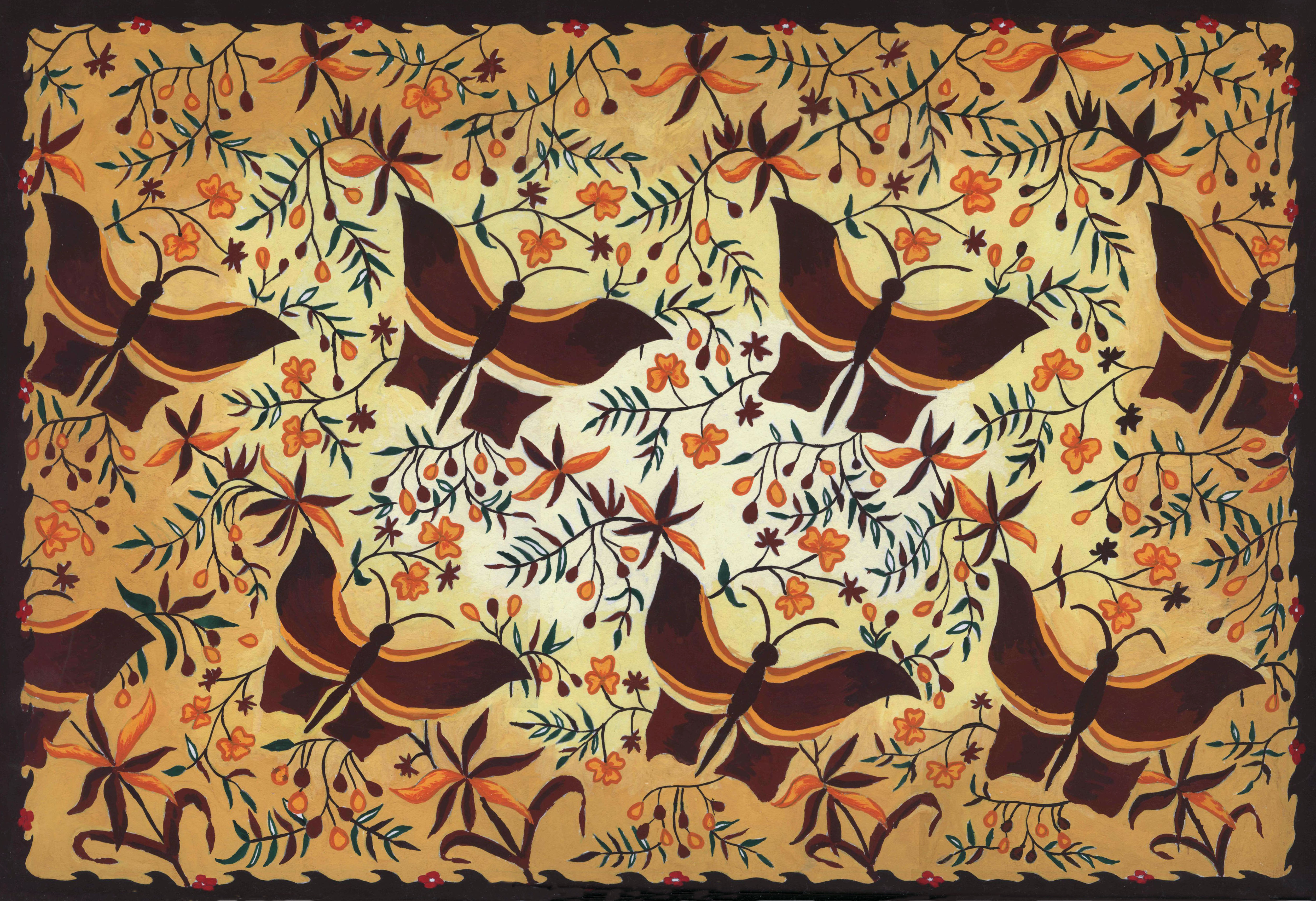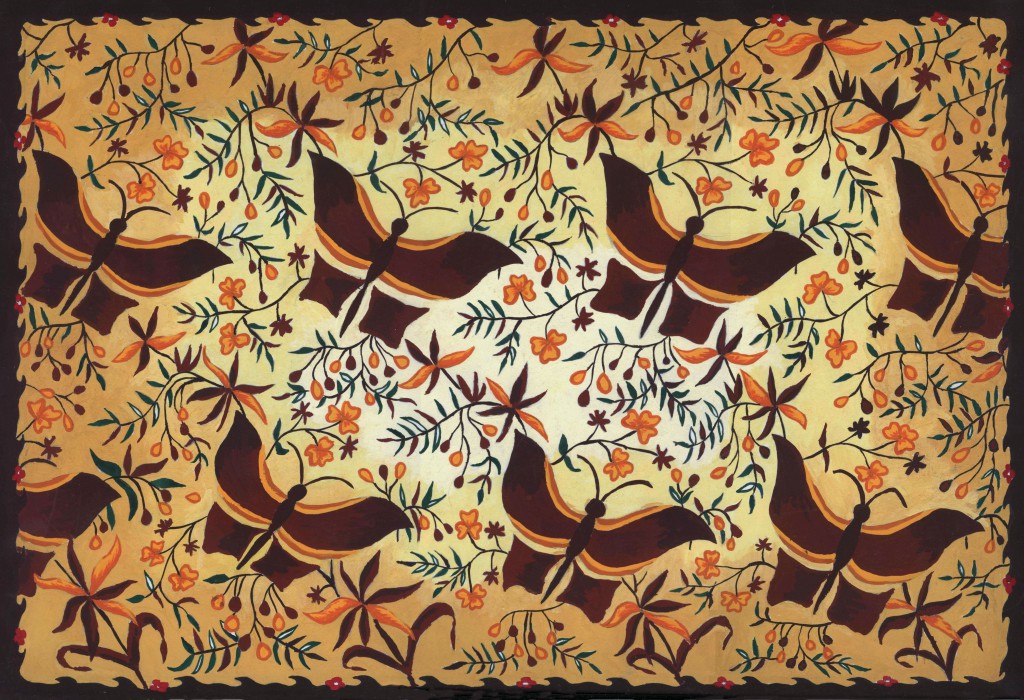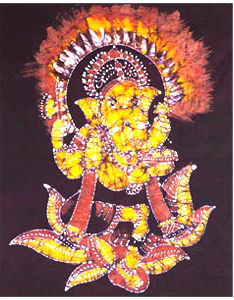
Batik
Batik is an ancient art which uses wax and dyes to create a visual magic on fabrics. It is believed that the term is a derivation from the word `Ambatik’ which when translated literally stands for a piece of cloth with small dots or writing with wax or drawing in broken lines. It is an art appreciated all over the world.
A Batik creation involves 3 basic steps – waxing, dyeing, and scraping ( removing). Overall the process is one where firstly the wax is used for creating designs on certain pre-defined areas on the fabric. Secondly the fabric is dyed and then the wax is removed by scraping or by boiling the cloth so that the wax peels off. The result is a beautiful piece of cloth with some very unconventional designs.
Traditionally, it is used on Cotton or Silk fabrics.
Origin and History
There are varied theories about the place and period of origin of Batik. In India, the roots of Batik can be traced to the 1st century AD. Traditionally, the Khatri community of Gujarat were the only set of artisans for this art.
Over a period of time, Batik got relegated to the background in India. However in the 20th century, Batik was introduced as part of the syllabus in the University of Shanti Niketan – Kolkata. Thereon, the resurgence of Batik began.
Present Day Scenario
While initially it was done only on Cotton and Silk, in recent times other fabrics like Georgette also are being used.
It is believed that the finest Batik designs in India come from the artisans of Cholamandalam near Chennai, Tamilnadu. Batik printing is also done in Gujarat, Rajasthan, Andhra Pradesh, Maharashtra, West Bengal and Madhya Pradesh.
While the techniques used have evolved over time and screen printing method is used to create beautiful designs, some artisans also prefer to do the Batik printing by hand.
Since the 1980s, it has also caught the fancy of housewives and small scale lady entrepreneurs wherein they have been working with hand made Batik designs.
On a more organized level, Batik sarees are priced around Rs. 1000/- to Rs. 1500/- for Cotton sarees and for Silk sarees, the prices range between Rs. 4000/- to Rs. 10000/-.
Faces Behind the Fabric
Today, there is no one single community involved in the production of Batik clothes. There are artisans in various regions who are trained in Batik work. Of course, given the diversity of culture in India, the artisans bring to fore, designs which have some influence or the other of elements or culture of their respective states.
Varieties
Apart from the fabric used and the diversity in designs, there are four different techniques of making a Batik printed piece of cloth:
- The splash method – In this process, the wax is splashed over the fabric in a random fashion and then the dye is poured. This results in a virtual explosion of random designs and colours.
- The screen printing process – This method involves the use of a stencil to etch the designs in an orderly and defined manner.
- The hand painting method – This process essentially uses the art of Kalamkari to draw the designs and separate the wax.
- A fourth method used is the scratch and starch resist method.
Wearing
The clothing can range from the simplest to the most exquisite. Hence, they can be used for daily wear as well as formal functions. The clothing made of cotton or lightweight silk can be worn round the year.
Maintenance
For Cotton fabrics, a gentle wash with a regular detergent is recommended. For silk fabrics, dry cleaning is recommended for its longevity.
Interesting Facts and Comparisons
- The tools used in Batik are wooden printing blocks, dyeing vats, large bowls, brushes and a frame for mounting the fabric.
- Other materials involve paraffin wax, kerosene and dyes.
References
Categories: Motifs & Embroideries


